The all-electric Hyundai Ioniq 5 N promises a sprint to 60 mph in less than 3.5 seconds
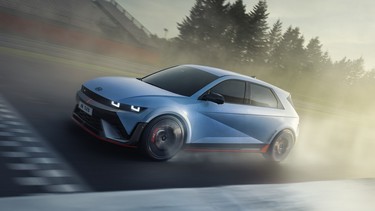
Article content
A quick perusal through the history of car companies reveals one immutable truth: no matter the type of propulsion, there are always a few gearheads who manage to eventually tune the thing with one eye squarely on performance. Diesel was intended for low-speed grunt work before loonies started imbuing them with four-figure torque values for trucks which can haul a house off its foundation. Gasoline started as a conveniently carried combustible, but here we are with hairy-chested NASCAR stockers and 1,000-horsepower Dodge Challengers.
Advertisement 2
Article content
And now? Electrics.
How fast is the Hyundai Ioniq 5 N?
Enter the 2025 Hyundai Ioniq 5 N, based on a vehicle intended to provide EV mobility in a sensible but stylish package, now transmogrified into a rocket sled with peak output of 641 horses and 546 lb-ft of torque. A dual motor configuration with motors front and rear means all-wheel drive packed with electronic limited-slip differential capabilities, promising a sprint to 60 mph in less than 3.5 seconds.
Advertisement 3
Article content
A function called N Grin Boost maximizes acceleration by a power increment of 10 seconds and N Launch Control provides three different traction levels for the fastest possible start, allowing drivers to launch their vehicle like a pro. To be clear, the new N belts out those headline numbers whilst the N Grin Boost button is hammered; otherwise, it makes a still-towering 601 all-electric ponies. If you’re wondering, the rear motor makes about 75 per cent more power than the front, leading to all kinds of tail-out shenanigans — we’ll talk about in a minute.
On the track, settings in Ioniq 5 N will permit a choice between sprint and endurance modes. Put simply, the former will prioritize speed and maximum attack, draining the battery for all it’s worth in an effort to extract maximum performance. Use this mode when turning a hot lap at yer favourite circuit, for example. Endurance mode, on the other hand, will continue to provide gobs of power but do so in a matter with enhanced efficiency. This type of approach has been used by racers for eons with all sorts of powertrains, including internal combustion.
Advertisement 4
Article content
How big is the Hyundai Ioniq 5 N battery?
With this in mind, the N will have a cooling package optimized for track use, deploying more efficient packaging and an improved battery chiller. Speaking of, total battery capacity now stands at 84.0 kWh yet consumes no more space than the standard car’s 77.4 kWh unit. Its 800V architecture should permit it to be juiced from 10 to 80 per cent in less than 20 minutes when fed by a suitably robust Level 3 charger. Different preconditioning settings permit either optimum temperature for maximum power or lowest possible temps for longer stint track driving.
Advertisement 5
Article content
It won’t be hard to spot one of these in traffic (or on the track) given the shark fins up front, larger spoiler out back, and an overall width which manspreads 50 mm wider than the standard N. Gills sprout ahead of the rear wheels, and colour-keyed wheel cladding lowers the car visually to make it look more like a hatchback than it already does. By the way, if you want to start a row at Club Gearhead, ask patrons if they consider the Ioniq 5 a crossover or a hatchback, then stand aside and watch an argument begin.
This thing should handle, too — especially since it is an EV with the centre of gravity similar to that of a worm. Hyundai says the front and rear suspension have benefited from an entire rethink, while also adding 42 additional welding and 2.1 metres of extra structural adhesives to improve body rigidity. Those are 275-section Pirelli P-Zero tires at each corner.
Advertisement 6
Article content
Is the Hyundai Ioniq 5 N suitable for track days?
Hyundai has worked this all-electric missile to be more than a one-trick pony of eyeball flattening acceleration. Artificial noise has been part of the driving experience in most electric cars (and some gasoline powered ones) for several years, but Hyundai is keen to build a better mousetrap in this area. Gearheads know the aural rise-n-fall of engine speed, subtle drivetrain vibrations, and snap-pop-bang of a sporty exhaust are all visceral parts of caning the thing around a track — to say nothing of how some experienced drivers use sound to know if they’re taking the right line through a corner.
-
![EV Review: 2022 Hyundai Ioniq 5]()
EV Review: 2022 Hyundai Ioniq 5
-
![EV Review: 2023 Hyundai Ioniq 6]()
EV Review: 2023 Hyundai Ioniq 6
Advertisement 7
Article content
That’s why the company has worked to create a unique sound profile for the N which goes beyond pumping sound through a speaker. The racket will apparently correspond to torque output, simulating gearshifts of an eight-speed DCT even though no such cogs exist on this electric car. Certain modes are intended to produce burbles on ‘downshifts’ and the car will even momentarily disengage its electric motors during ‘shifts’ to simulate the jolt and analog feel of a manual transmission. Hyundai says its intent is to use sound as a functional feedback element, an assertion we look forward to testing.
A trio of sound families are planned for this 10-speaker system — two of which are external — starting with the internal combustion soundtrack described above and moving through a ‘spaceship-like’ sound before landing at a jet engine profile which may or may not have been inspired by repeated visits to Nellis Air Force Base. Hyundai engineers grinned broadly when describing this particular mode, suggesting it’s a bit of theatre intended for fun. And, presumably, anyone who doesn’t like this stuff can turn it all off.
Advertisement 8
Article content
Advertisement 9
Article content
This should all pair well with the ‘drift optimizer’ feature which is said to balance multiple vehicle controls in an effort to make you look like a rockstar to yer buddies. There is also an integrated Torque Kick Drift function, permitting the driver to simulate the clutch kick action of rear-wheel-drive internal-combustion vehicles for driving scenarios which require more immediate drift initiation. If you think we’re looking forward to trying all this, you’re exactly correct.
Braking is courtesy of 400 mm platters up front, clamped by 4-piston calipers, and 360 mm discs at the rear. Anyone who has driven an electrified vehicle knows these friction brakes are only part of the equation, since regenerative forces can bring an EV to a stop in a big hurry. Tuned for N duty, the regen system can top out at 0.6 G of braking force all on its own, says Hyundai. A trio of active air flaps in the front fascia enhance cooling delivered to the hydraulic stoppers.
Advertisement 10
Article content
Does the Hyundai Ioniq 5 N have other differences?
The interior will be familiar to anyone who has spent time in today’s Hyundai Ioniq 5, which is not a bad thing given that car’s good ergonomics and attractive pixelated theme. Expect racing bucket seats with a lower seating position and more padding on certain surfaces, such as the fixed centre console, on which driver and passenger can brace their knees during spirited track sessions. Its steering wheel has four dedicated mode buttons because three wasn’t enough.
Advertisement 11
Article content
It’s gratifying when an automaker tacitly admits their screwups, which is why alert readers who’ve noticed the N’s rear wiper will be gratified to know Hyundai spox told us it was added in the name of “better visibility.” This runs counter to a previous seat-of-the-pants claim that the lack of rear wiper on Ioniq 5 was not a cost cutting measure but instead in response to the fact that the car’s aerodynamics would keep the back window clean. Spoiler alert: it didn’t. At all. This is a positive change.
How much does the Hyundai Ioniq 5 N cost in Canada?
Pricing details will be shared closer to its on-sale date. However, it’s worth noting that over at corporate cousin Kia, the 576 horsepower EV6 GT, a car with which the Ioniq 5 N shares much, commands approximately $30,000 more than the $47,495 entry-level model. That in mind, it is not unreasonable to expect a similar premium for the N over the $48,999 base Ioniq 5.
Advertisement 12
Article content
“IONIQ 5 N, was developed to take driving fun to a new level by utilizing the latest technologies available. Starting with IONIQ 5 N, N brand aims to deliver N’s signature fun driving experience regardless of petrol, electric or hydrogen,” said Till Wartenberg, Vice President and Head of N Brand and Motorsport at Hyundai Motor Company. The mention of hydrogen does not go unnoticed, it must be said.
Ioniq 5 N’s tentative market arrival to Canada is springtime in 2024, when it will be marketed for the 2025 model year.
Stay connected with us on social media platform for instant update click here to join our Twitter, & Facebook
We are now on Telegram. Click here to join our channel (@TechiUpdate) and stay updated with the latest Technology headlines.
For all the latest Automobiles News Click Here

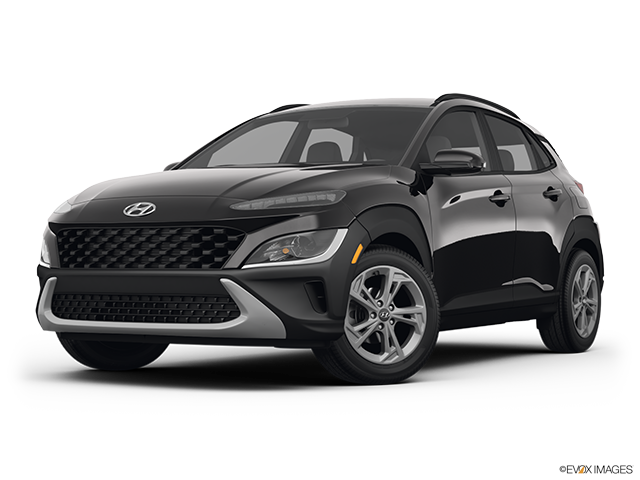
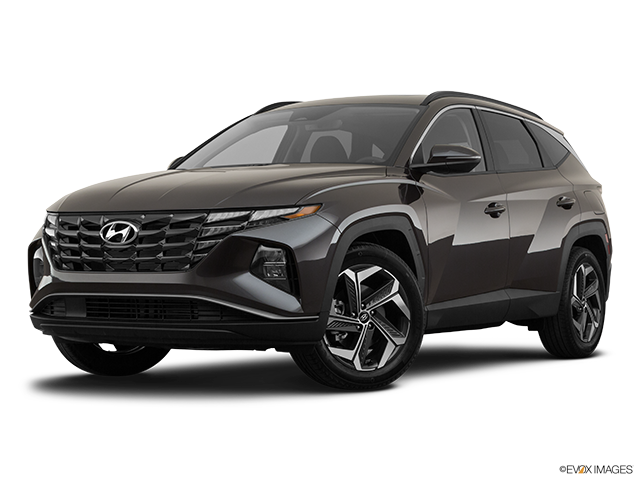
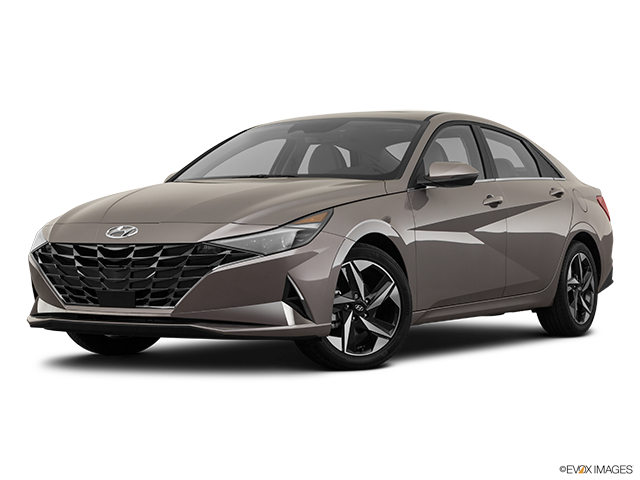
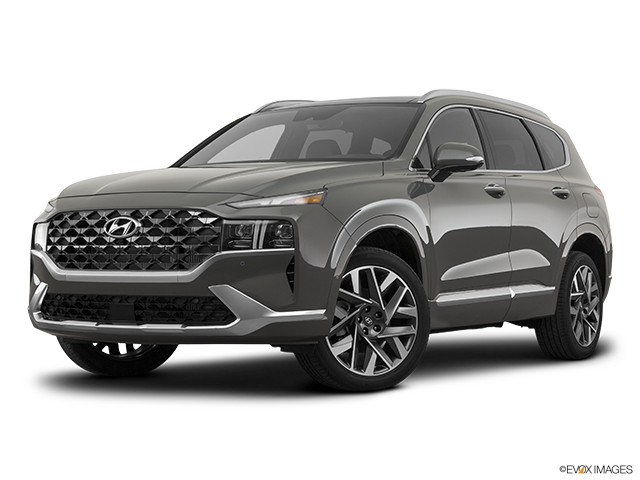
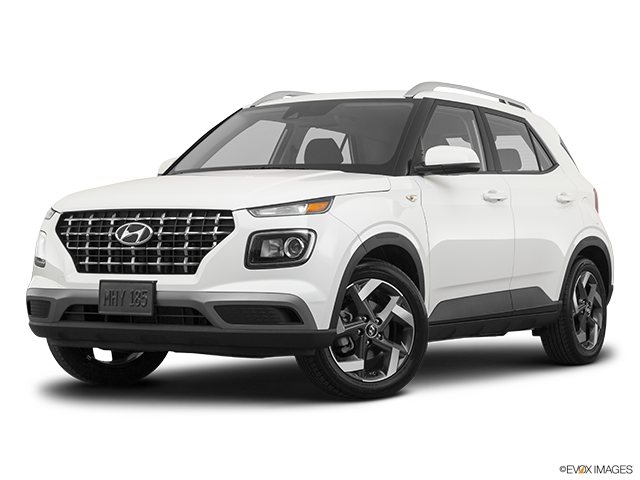



Comments
Postmedia is committed to maintaining a lively but civil forum for discussion and encourage all readers to share their views on our articles. Comments may take up to an hour for moderation before appearing on the site. We ask you to keep your comments relevant and respectful. We have enabled email notifications—you will now receive an email if you receive a reply to your comment, there is an update to a comment thread you follow or if a user you follow comments. Visit our Community Guidelines for more information and details on how to adjust your email settings.
Join the Conversation